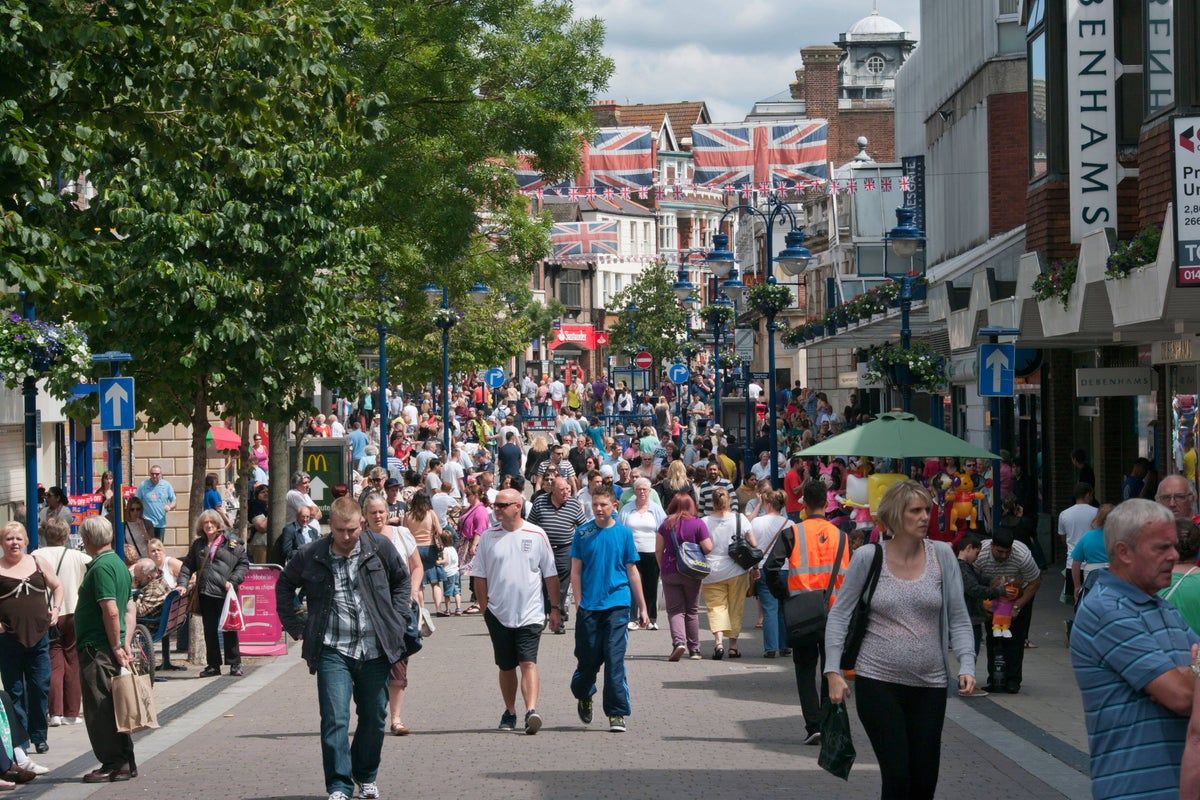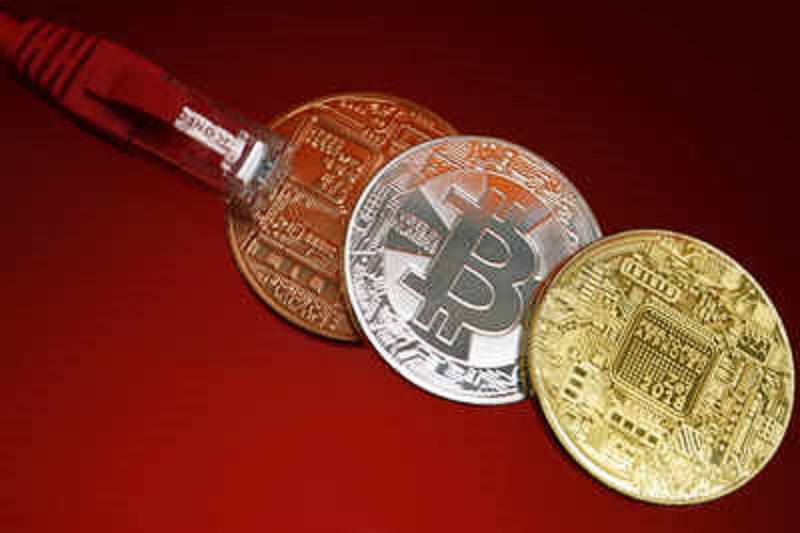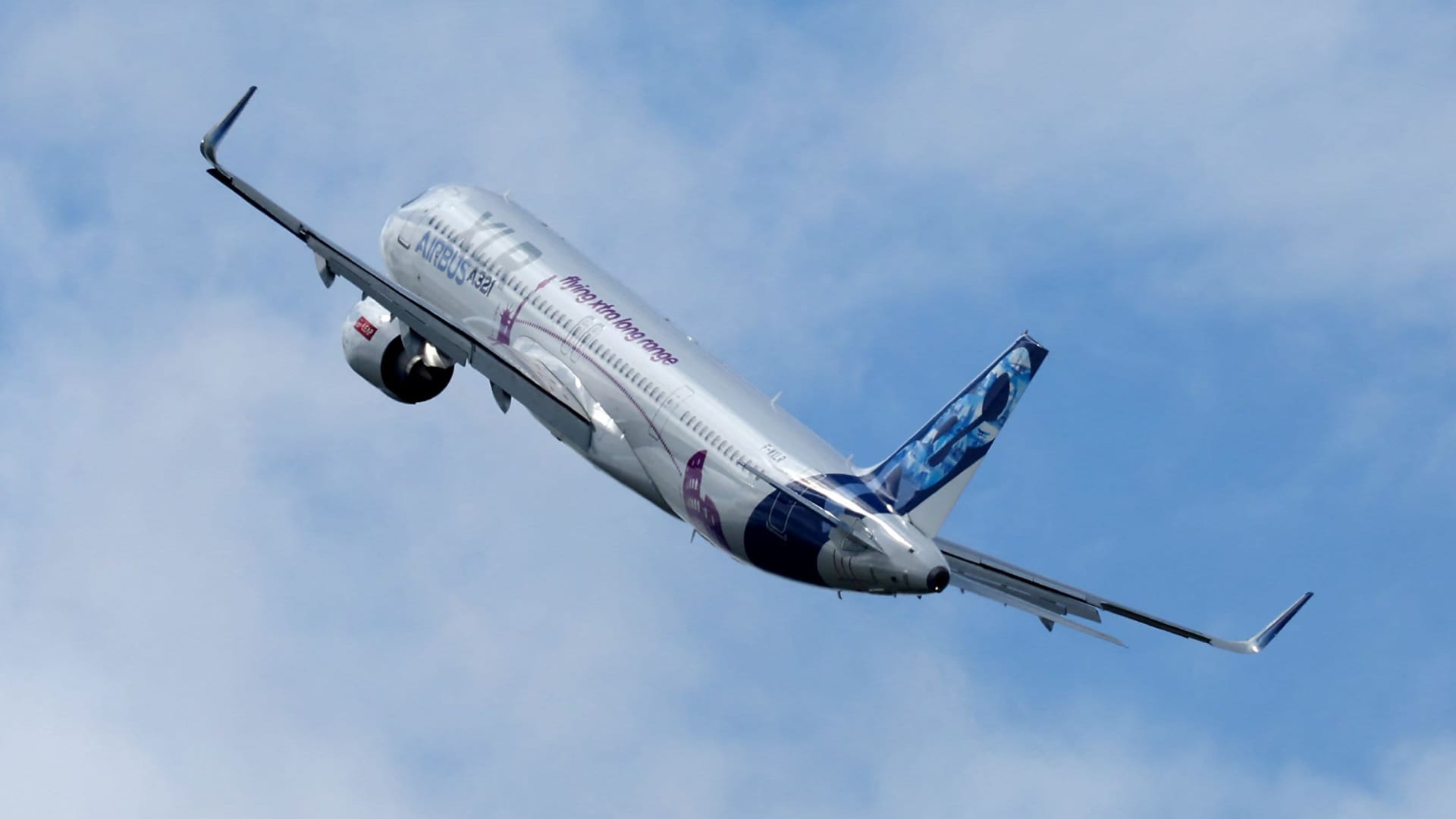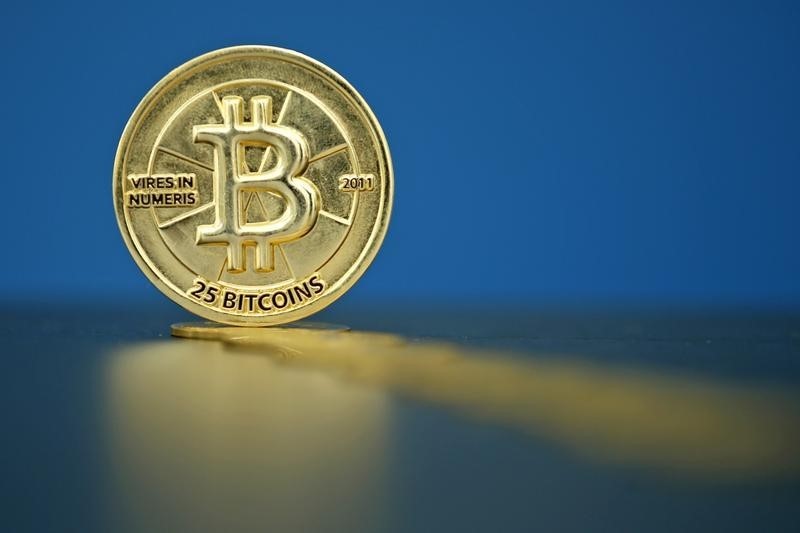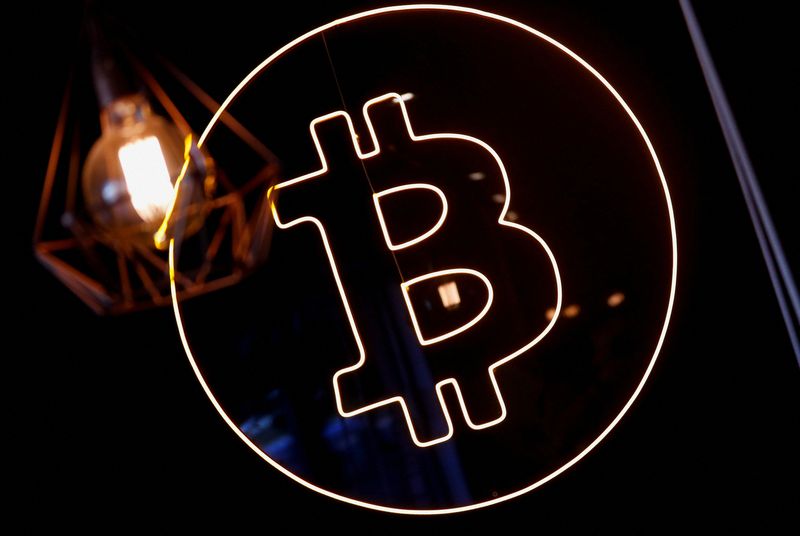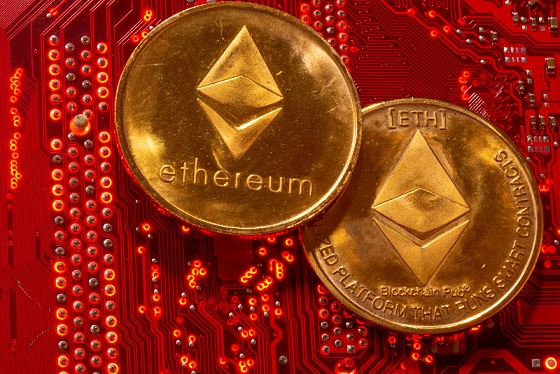The growth in the retail sector is “just touching the sides” when it comes to costs, the bosses have warned
Julio's retail sales increased 2.5 percent a year ago, but were not close to covering £ 7 billion of the last budget in new costs in the sector.
The increase in total retail sales of the United Kingdom was against the growth of 0.5 percent last July and the average growth of 12 months of 1.9 percent, according to data from the British retail consortium (BRC) -KPMG.
Food sales increased 3.9 percent last July due to the warm climate and a full sports schedule, although the increase in food inflation, now 4 percent, according to the latest BRC figures, it meant that the highest expense was more the result of higher prices than a better demand.
Non -food sales increased by 1.4 percent against a 1.8 percent decrease last July, with figures that show the fashion sold well earlier, but deteriorated as the weather worsened, while the sales of starting furniture and interior furniture grew constantly, recovering from the decrease of the previous year.
The executive director of BRC, Helen Dickinson, said: “With the growth of sales at these levels, it barely touches the sides of covering the new costs of £ 7 billion taxes on retailers in the last budget.
“If the next autumn budget sees more taxes raised on the shoulders of the retailers, many will be forced to make difficult decisions about the future of stores and jobs, and continuous pressure would raise the highest prices.
“Ultimately, this means more families that fight, particularly those in lower income, reduced consumer spending and a drag on economic growth.”
Linda Ellett, Chief of Consumer Markets, Retail and Leisure of the United Kingdom in KPMG, said: “The fifth warmest of the United Kingdom in the record of the target office brought an impulse to appliances and sales of food and drinks. But the growing inflation was also a promoter of the latter and non -food monthly sales only increase by around 1 percent on average in the current one.
“With the employment costs that have increased and inflation both a business and consumption pressure, it remains a challenging commercial environment for many retailers.”
Barclays separate figures show that consumer card spending grew 1.4 percent year -on -year in July, above a 0.1 percent decrease in June, with a discretionary expenditure of 2.4 percent, since the changing climate led buyers to buyers to sunny and rainy activities.
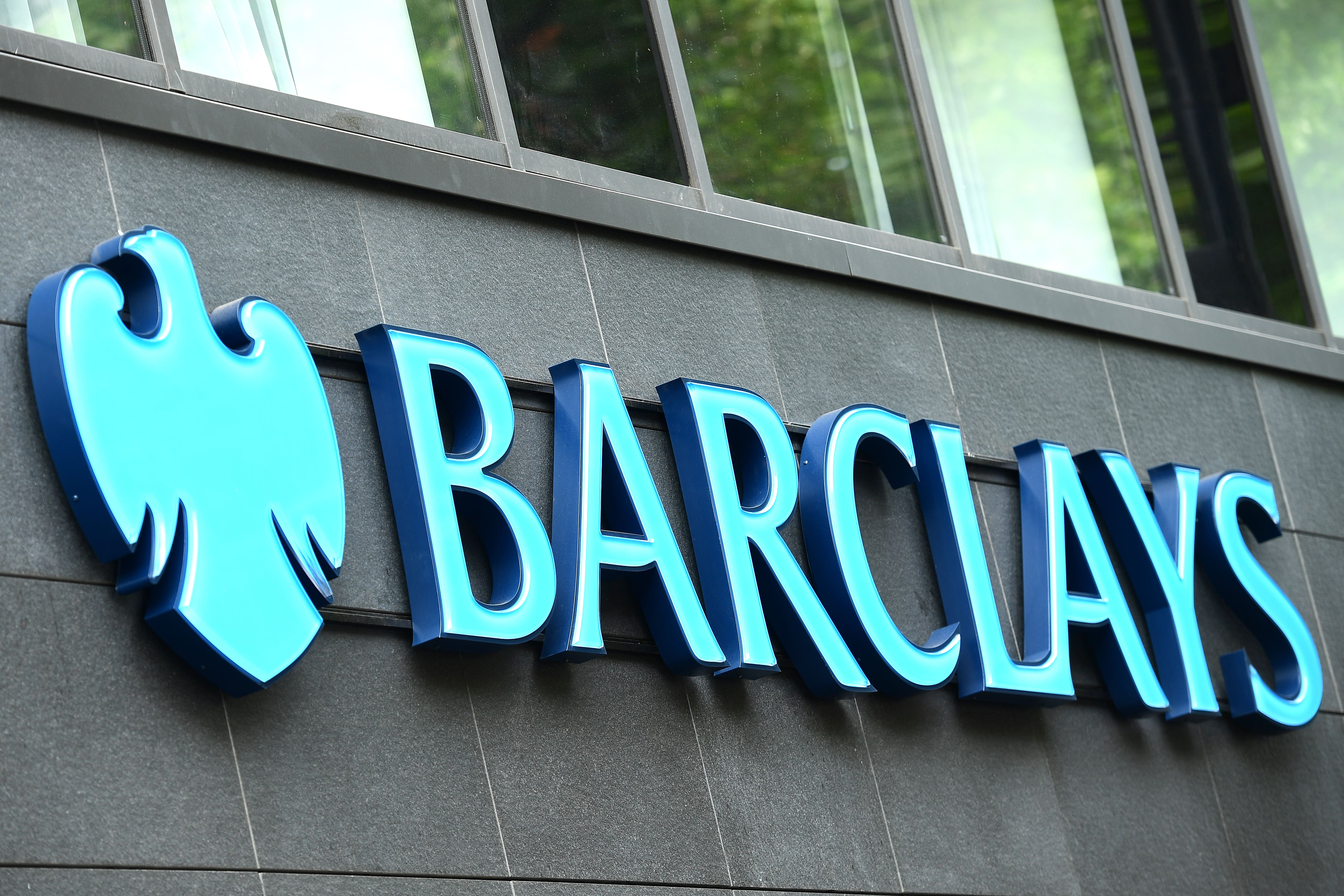
Barclays also found that the clothes served strongly, an increase of 4.2 percent, while the growth in retail spending, excluding edible, reached 4.9 percent, compared to 2.4 percent in June, since buyers took advantage of most of the articles with discount and sales events, including Prime Day.
The pharmacy, health and beauty served strongly, an increase of 9.8 percent, while continuing to benefit from the lasting “Lipstick effect” after Covid, where buyers turn to small and affordable luxuries to increase their mood, Barclays said.
However, the confidence in the strength of the United Kingdom economy fell once again in July, falling three points month to 22 percent, the lowest level seen from 21 percent in January.
Karen Johnson, Barclays Retail Sale Chief, said: “Summer sales, changing climate and buyers looking for the” factor of feeling well “led to a strong July for retailers, particularly between beauty, clothing and furniture stores.
“While the confidence in the economy of the United Kingdom remains the administration of submitted money, prudent, backed by the growing popularity of AI tools to help with the budget, is contributing to continuous resistance in personal and domestic finances.”

